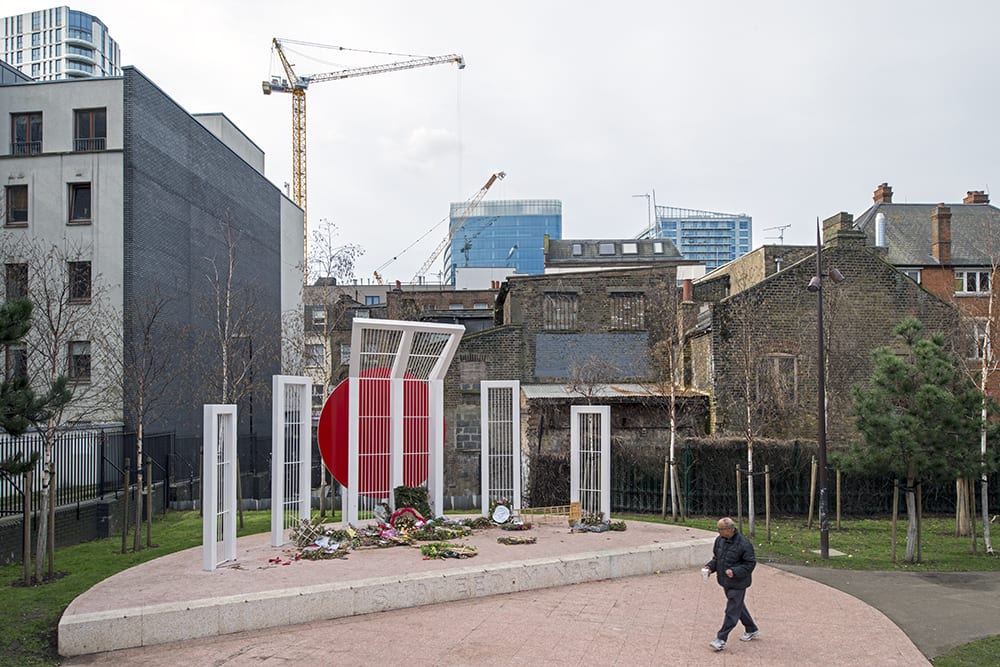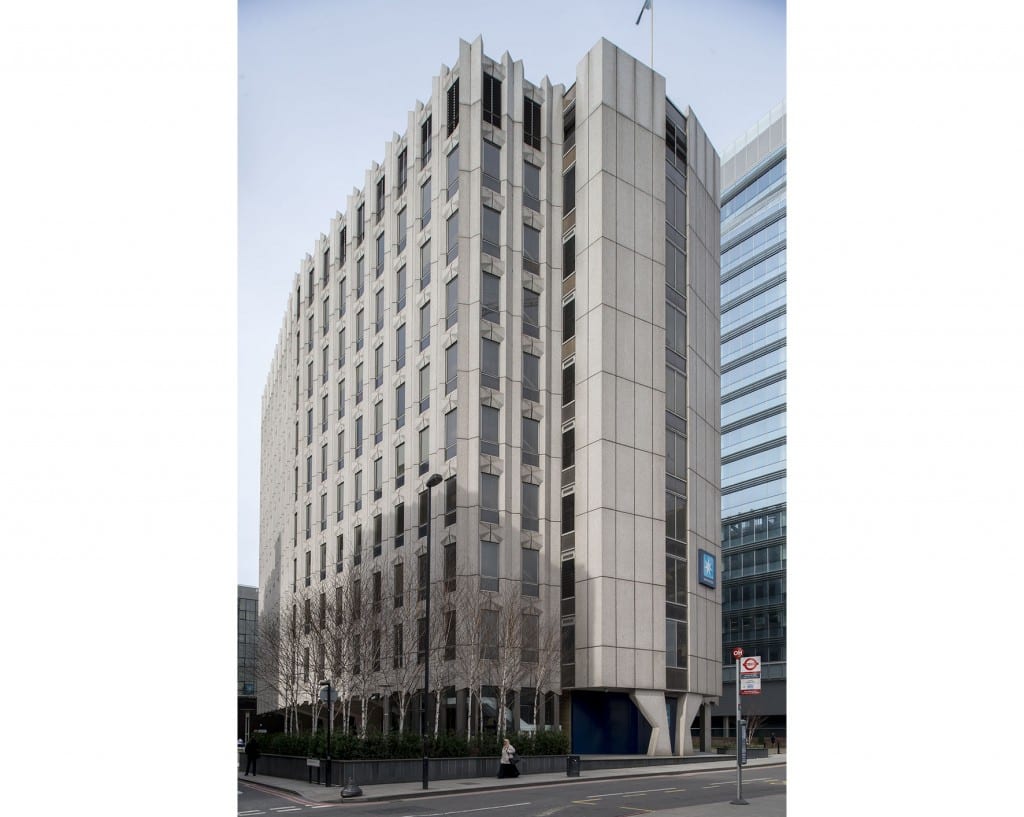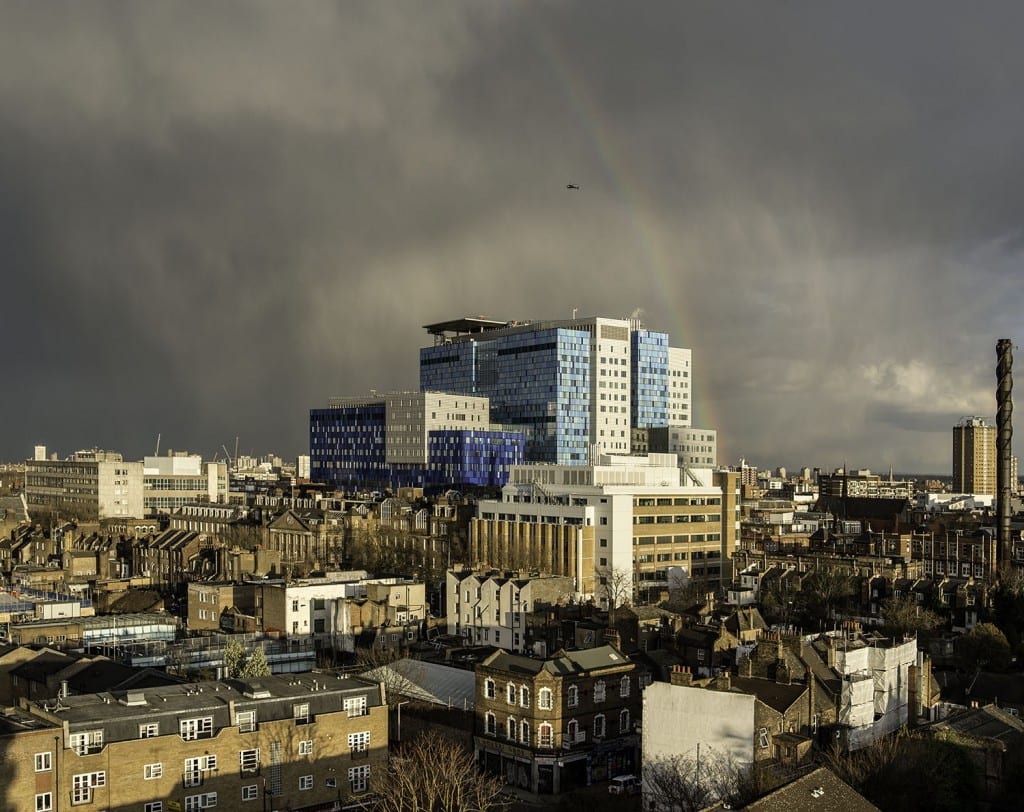Whitechapel
By the Survey of London, on 22 January 2016
This blog post is not a history of a site, nor is it like its predecessors about Marylebone or Oxford Street. It is about the Survey of London’s other major current study area, the parish of Whitechapel. This project is still in its early days, so it is too soon for us to be able to offer researched and considered new insights into the area’s architectural history. However, a blog post is an opportunity to keep readers informed of progress, to add to what is on the project’s page on our website.

Altab Ali Park in 2015 (© Historic England, Lucy Millson-Watkins). If you are having trouble viewing images, please click here.
As is explained there, a major new departure for the Survey is being enabled by a significant Arts and Humanities Research Council grant. Starting this month, Dr Duncan Hay, based in the Bartlett’s Centre for Advanced Spatial Analysis with Dr Martin Zaltz Austwick, is working on building an interactive map-based website that when launched in late 2016 will permit public co-production of histories of Whitechapel’s buildings and sites for synthesis by the Survey of London. We are also benefiting from the participation of two research fellows, Shahed Saleem, the architect-author of the first major history of English mosques (forthcoming from Historic England), and Dr Shlomit Flint Ashery, a demographer who is deeply familiar with Whitechapel. Shahed and Shlomit will both facilitate public engagement and further study the area’s recent history. We are also about to employ an archivist for a six-month period to catalogue Whitechapel material at Tower Hamlets Local History Library and Archives ranging from seventeenth-century property deeds to twenty-first century Building Control records. This new catalogue will be accessible to all. Another historian will soon be recruited, and Derek Kendall (formerly of English Heritage) will contribute photography. Around the time of the website launch in the autumn there will be a series of public events to promote awareness of the project and its possibilities.

The Royal London Hospital from Whitechapel Road (© Chris Redgrave)
Typically for the Survey of London, early research into Whitechapel’s history has comprised systematic trawls through basic sources, such as District Surveyors’ Returns, The Builder, and the minutes of the Metropolitan Board of Works and London County Council. We have also had a great boon in that Derek Morris has generously given us use of his database derived from eighteenth-century Land Tax records, a core source for his Whitechapel 1600–1800 (2011). All this is vital, but, undigested, not the stuff of blogs.

Central House on Commercial Road, home to the Sir John Cass Faculty of Art, Architecture and Design (© Chris Redgrave)
Location-specific research is beginning on some of the area’s major sites: Altab Ali Park (formerly the parish churchyard where the Church of St Mary Matfelon stood through several rebuilds), the Whitechapel Art Gallery, Toynbee Hall and, largest of all, the Royal London Hospital. Warm archival welcomes promise productive investigations. The former hospital buildings are set to become a town hall for Tower Hamlets Council. We are also keeping an eye on other vulnerable sites where change is in the offing, from a terrace of the early 1870s on Vallance Road (see this post on Spitalfields Life), to Maersk House, Central House (for now still home to the Cass) and the East London Mail Centre on Whitechapel Road.

3-7 Vallance Road, part of an 1870s terrace that has been threatened with demolition (© Chris Redgrave)
We have also benefitted from contact with students. From our position in the Bartlett School of Architecture the Survey of London is pleased now to be involved in teaching. This academic year, for the first time, the Bartlett is offering a Master’s degree titled Architecture and Historic Urban Environments. For this the Survey has been responsible for a module titled Surveying and Recording of Cities. This has been huge fun, and an excellent opportunity to pass on some of our peculiar practices. We are delighted that two of the students, Niki Tsirimpi and Ananthi Velmurugan, chose sites in Whitechapel for special study. Their work on Gwynne House on Turner Street, Half Moon Passage and the former Whitechapel County Court building on Prescot Street that is now Café Spice Namaste, has given our project significant boosts for which we are most grateful.

Maersk House, 1 Braham Street, of 1976, R. Seifert & Partners, from the east (© Historic England, Lucy Millson-Watkins)
For the time being the Survey’s blog will continue to be dominated by Marylebone and Oxford Street, where study is far more advanced. But if you are interested in the history of Whitechapel please watch this space. Much more, of a more particular nature, will follow, later this year and beyond.

The Royal London Hospital from the north-west (© Chris Redgrave)
 Close
Close


